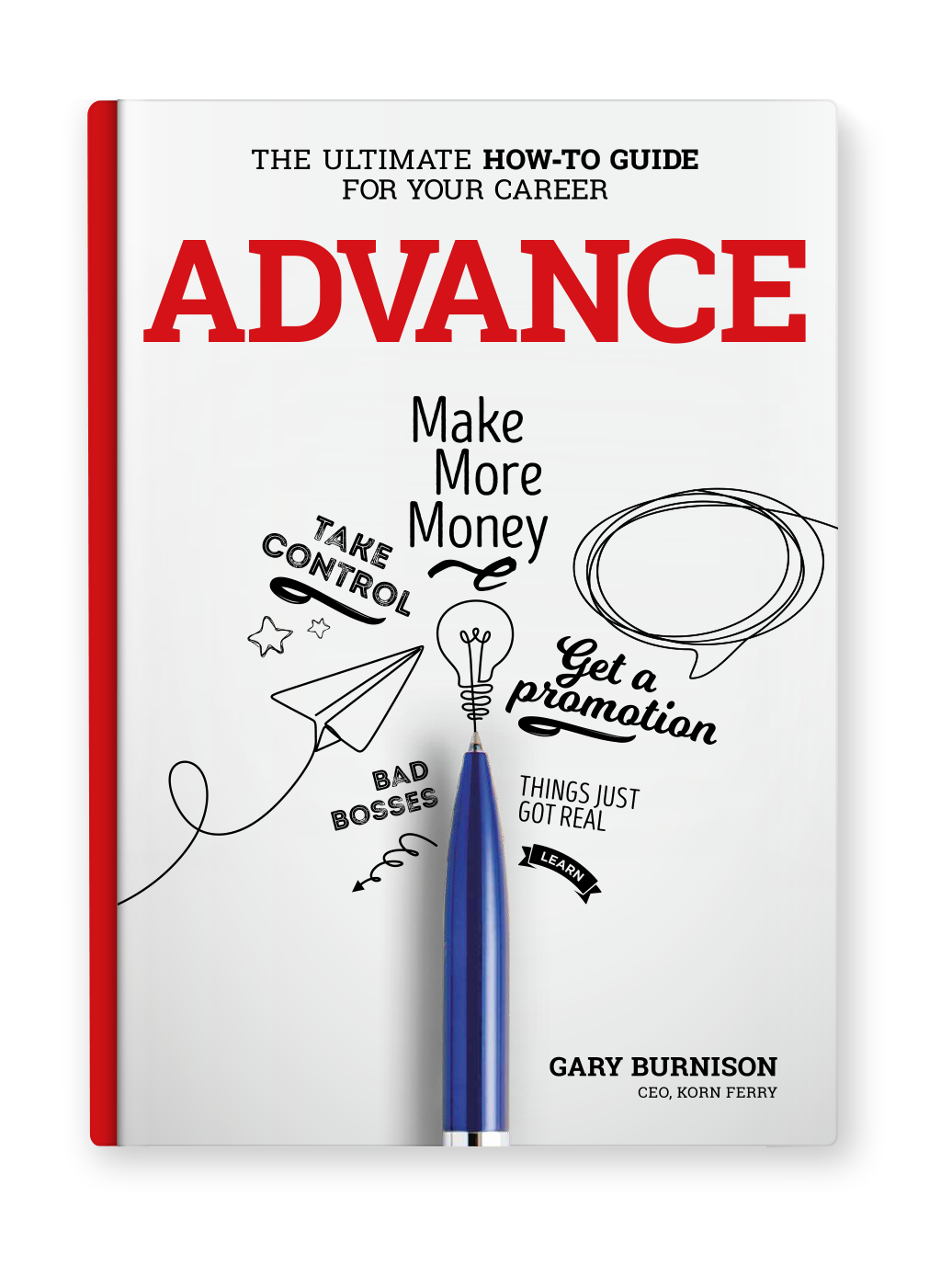The Benefits Battle: New Ways to Sweeten the Pot
In a tight labor market, some companies are offering employees creative benefits instead of salary increases. First in a series.

Unless you've been hiding under a rock, you're well aware that today's labor market is tight, with an unemployment rate not seen in several decades. Even so, wage growth remains stagnant-in part in because of company gains that aren't being distributed at all levels. That means employers are using other ways to attract and retain talent: benefits.
"Most companies are walking a fine line between keeping costs in reasonable control and being able to effectively attract and retain employees," says Tom McMullen, a Korn Ferry senior client partner and a leader in the firm's Rewards and Benefits Solutions practice. "It's a big challenge."
Indeed, the cost of benefits to employers for private-industry workers rose 2.5% in the fall of 2018 from a year earlier, with much of the growth coming from an increase in bonuses. Here's a look at some of the more creative benefits that companies are using to rope in professionals.
Your health really matters.
One of the more popular benefits emerging in healthcare benefits is telemedicine, which allows you to call or chat online with medical professionals for help with routine ailments or prescription refills. According to a Korn Ferry and WorldatWork study, 73% of companies offered such services in 2017, up from 49% the year before. Another big one: weight-management programs, with 70% of companies providing them compared to 58% in 2016.
That may be a good thing, since the practice of offering free or discounted food is also on the rise. Many companies are going all out, serving lavish buffets with prime rib and crab cakes, or catering to employee tastes.
And if caring for yourself isn't enough, some companies have also added pet insurance programs, which can reduce the cost of surgeries, dental care, and more for your pooch.
You can be out of the office-a lot.
First, the obvious: the number of telecommuting workers has skyrocketed, increasing 115% in the past decade, according toGlobal Workplace Analytics and FlexJobs. And because setting up a remote office can be costly, there's a new perk for some telecommuters: stipends to help employees pay for laptops and other technology, plus rent for co-working spaces.
But that isn't the only way being out of the office has wooed workers. A small number of pioneers, such as General Electric and Virgin Group, have adopted unlimited vacations, allowing workers to take as much or as little time off as they want. Results thus far are mixed. "It all depends on whether the culture of the company is one that really allows employees to have time off," says Peter Cappelli, director of the Center for Human Resources at the Wharton School. "The anecdotal evidence is that it hasn't led to more time off." Other companies are moving to compressed three- or four-day workweeks. According to management experts, such schedules can result in increased productivity, because employees are motivated to get their work done efficiently and quickly.
We'll pay your loans and run your errands.
Some companies are taking on tuition reimbursement as a way to woo younger professionals who have loads of student loans. Sectors where advanced education, such as healthcare, are necessary is where much of the tuition reimbursement is occurring, McMullen says. "Applicants look at that and get excited," he adds. Other workplaces are offering concierge services, which include anything from snagging a reservation at a hot restaurant to dry-cleaning runs and car maintenance.
More paid time off for new parents.
There's no federal requirement for companies to offer paid maternity or paternity leave. But big-name brands like Netflix, American Express, and Amazon are taking a cue from European companies. Not only are they giving employees paid parental leave, but the allotted time off is anywhere from 20 weeks to 12 months long. "Parental leave is actually one of the most attractive benefits, because it has a very high perceived value and affects a relatively small percentage of the workforce at the same time," McMullen says. "It doesn't cost a lot-but captures a lot of attention."
Train your brain.
These days, US companies spend about $90 billion on employee training. But that money isn't being funneled into formal job rotation programs of the past-rather, it often goes toward more informal coaching and mentor relationships. Other firms have turned to virtual instructor-led training, which is more cost-effective for companies than in-person workshops, particularly as more employees work remotely. And that version seems to be working: about 86% of virtual classroom participants rated the experience as "just as engaging" or "more engaging than" traditional classroom training, according to one survey.
Next: A look at benefits that look better on paper than they end up being.







